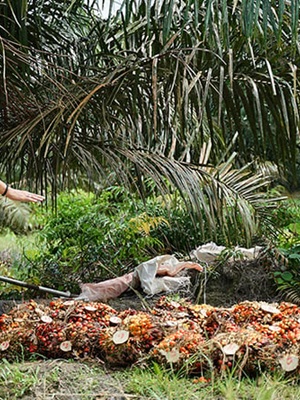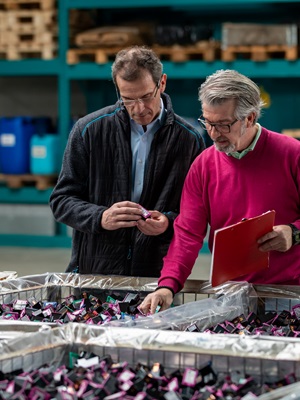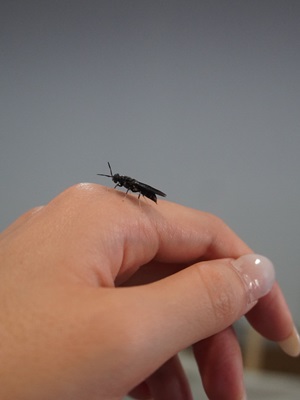An often overlooked part of sustainability, our food choices have a direct impact on the environment. According to recent scientific estimates, food systems account for roughly a third of all global greenhouse gas emissions. There are many parts of the food system that contribute to this enormous toll. Transportation, plastic packaging, and energy used for processing, often come top of mind.
But those aspects might not actually bear the brunt of the emissions. Instead, the heaviest driver is the animal agriculture industry, as well as the fishing industry and aquaculture. Food waste too is a major issue.
Based on the data, here are three simple guidelines to follow to lower your carbon footprint in relation to your food habits.
Eat a (primarily) plant-based diet
In a 2021 study, researchers found that of all life-cycle stages in the farm to fork process, the production stage is the most carbon-intensive. Activities such as fishing, aquaculture and animal agriculture drove the largest share of emissions, contributing 39% of the total food system emissions in 2015. This was further backed up by 2018 data from an Oxford team of researchers, which broke down the carbon impact of individual foods and found that plant-based foods was the least carbon-intensive.
If you aren’t a committed vegan or vegetarian, by far the best thing you can do is to cut down on the amount of meat, dairy and seafood you consume. Instead, choose plant-based foods and protein sources such as legumes, tofu, tempeh, seeds and nuts. If you crave for a ‘meaty’ bite, there are plenty of alternative protein sources that are vegan-friendly. These have been popularised by pioneers like Beyond Meat and Impossible Foods, but nowadays, the plant-based brands are abundant in almost every supermarket in cities around the world.
Stop wasting food
Number two? Make changes to the way you eat in order to cut down on your food waste. These habits range from bringing your own containers to bring home leftovers when you eat out, to avoiding the habit of over-ordering at restaurants. At home, store and eat your leftovers instead of tossing them out, make pickles or broth with vegetable scraps, use up all your produce and freeze items that are easily perishable.
The reason why all of these actions add up is because food waste—either due to food spillage, wastage or spoilage—is a major contributor to current food system emissions. In fact, food waste alone contributes anywhere between 8-10% of global carbon emissions, according to UN data.
Aside from actions taken in your own kitchen and at the restaurant table, there are even food waste charities and apps that you can use to ‘rescue’ otherwise uneaten food. You could help out by collecting unsold loaves from bakeries and donating it to a charity like Feeding Hong Kong, for example, or use apps like Chomp, Olio and Too Good to Go to find foods at the end of their shelf life for a major discount.
Choose organic and seasonal
Conventional farming methods use synthetic fertilisers and pesticides, which are fossil fuel-based and release greenhouse gases like carbon dioxide, methane and nitrous oxide. Non-organic farms also often employ monoculture methods, which over time leads to soil degradation and reduced biodiversity, hampering the planet’s crucial ecosystems that help defend against climate change.
Therefore, choose organic seasonal produce whenever possible. Organic produce comes with a smaller carbon footprint as it only uses natural methods and does not employ any synthetic fertilisers or pesticides. Choosing seasonal produce also means going for the fruits and veggies that are in peak season in the location you are based—this ensures not only the freshest produce, but these foods don’t have to travel very far to get to you either.
Plus, if you choose whole food, organic, local and seasonal vegetables and fruits, it’s quite likely you’ll be steering clear of the plastic packaging that comes with processed supermarket items too!
Posted 29/02/2024

















